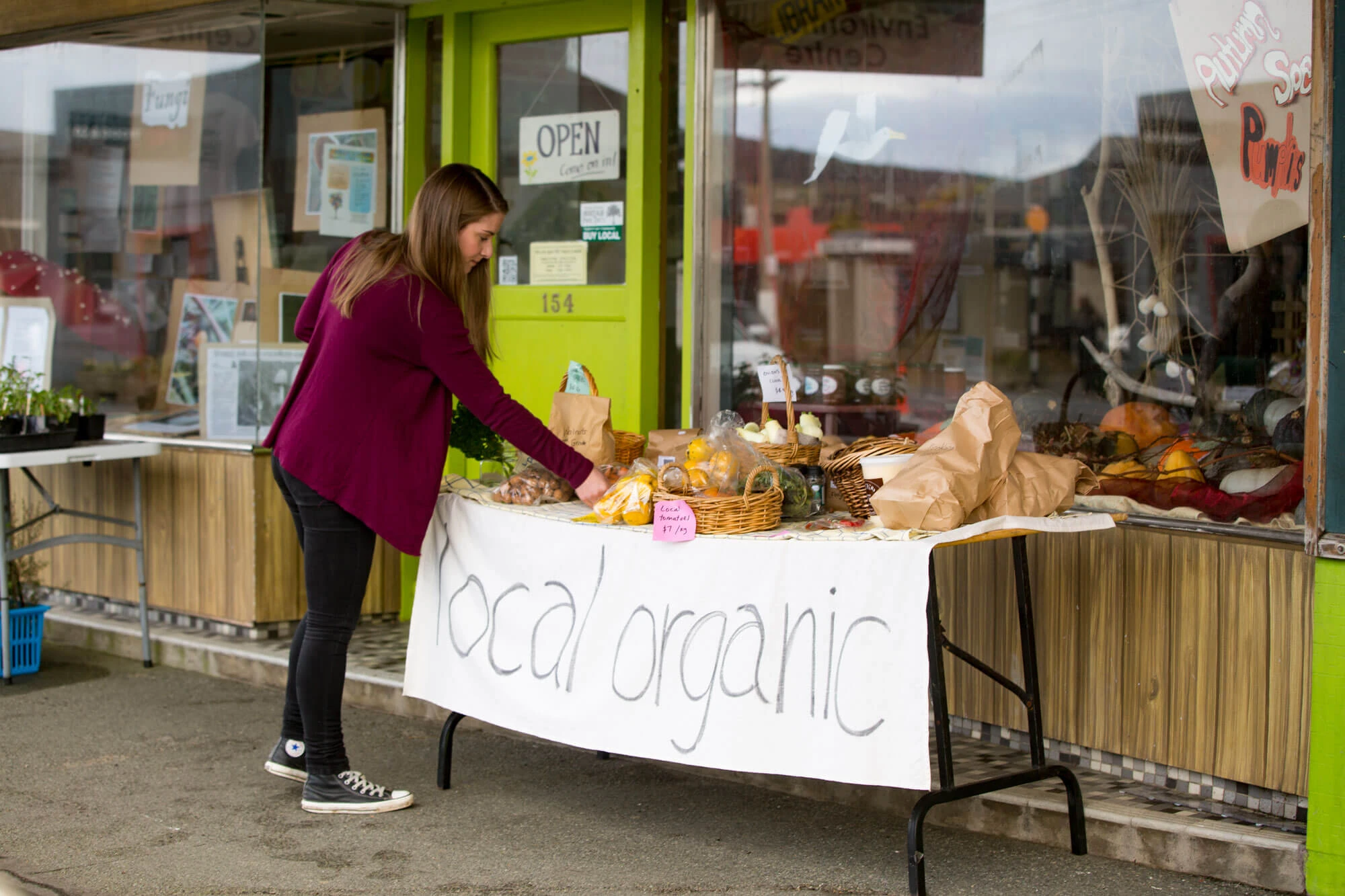Meadowfoam (Limnanthes alba)
Introduction
The common name ‘Meadowfoam’ was given to Limnanthes alba because of its appearance at full bloom. When planted in a paddock, the crop produces a solid canopy of white flowers, with a ‘foamy’ appearance. Southland's climate is ideally suited to growing Meadowfoam. The crop flowers from mid-November until mid-December. Harvest is in January.
Only one cultivar of meadowfoam is currently available for planting. Breeding trials have identified superior lines that will be trialled in coming years. An ideal Meadowfoam cultivar would have a high yielding ability, with seeds containing at least 30% oil. The plant should have an upright growth habit of at least 30cm tall and have good seed retention when mechanically harvested. The oil extracted from Meadowfoam seed has been linked to a range of possible uses from lubricating jet engines through to the manufacture of leather and pharmaceutical goods. The main use currently is in the cosmetic industry, where it is used in a range of top quality skin care products. Meadowfoam honey is also produced from this crop.
Growing Meadowfoam
| Propagation: | Seed sowing date - April/May |
| Yields/ha: | 600–700 kg/ha in an ideal year. |
| Time of flowering: | Meadowfoam requires insect pollination and blooms in November/December. It is necessary to place beehives in close proximity to this crop as bees are needed for successful pollination. Poor climatic conditions at this time will affect meadowfoam pollination and subsequent seed yield. |
| Soil type: | Meadowfoam will grow in most soil types and is suited to slightly acid conditions. It is well adapted to poorly drained land but also produces good yields on well drained silt loams. |
| Fertilisers: | A base application of phosphate is required and low quantities of nitrogen. |
| Weed control: | Meadowfoam should be sown into a clean seedbed. Pre-emergent and post emergent herbicides are available. |
| Pest/Diseases: | Because Meadowfoam is so new to New Zealand, very little is known about its pest and disease tolerance. A number of fungal pathogens have been isolated from Meadowfoam. These include Sclerotinia and Botrytis. |
| Harvesting: | Meadowfoam is harvested in January in the southern parts of New Zealand. Seed moisture content should be less than 10%. The crop is cut when approximately 90% of the seeds are mature and turning brown. Harvesting is carried out 7–10 days later. The best method of harvesting the crop with the current range of machinery is still being investigated |
| Marketing: | A co-operative approach is being taken with Meadowfoam growers based in Oregon. Seed is currently sent to them for extraction of the oil. They control the international market and need out of season growers for continuity of oil supply. |
Further Information





